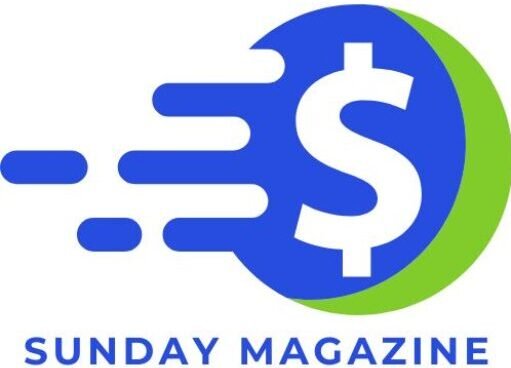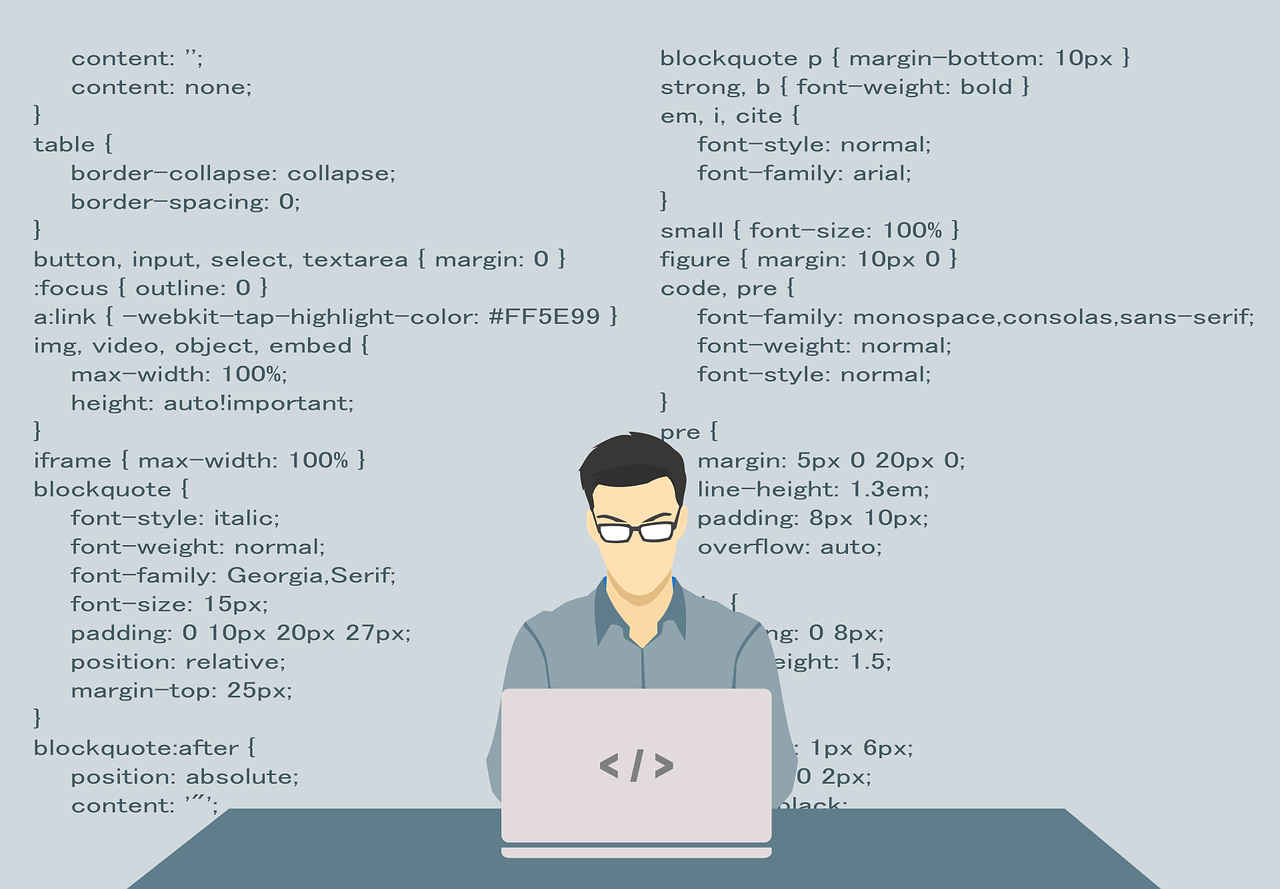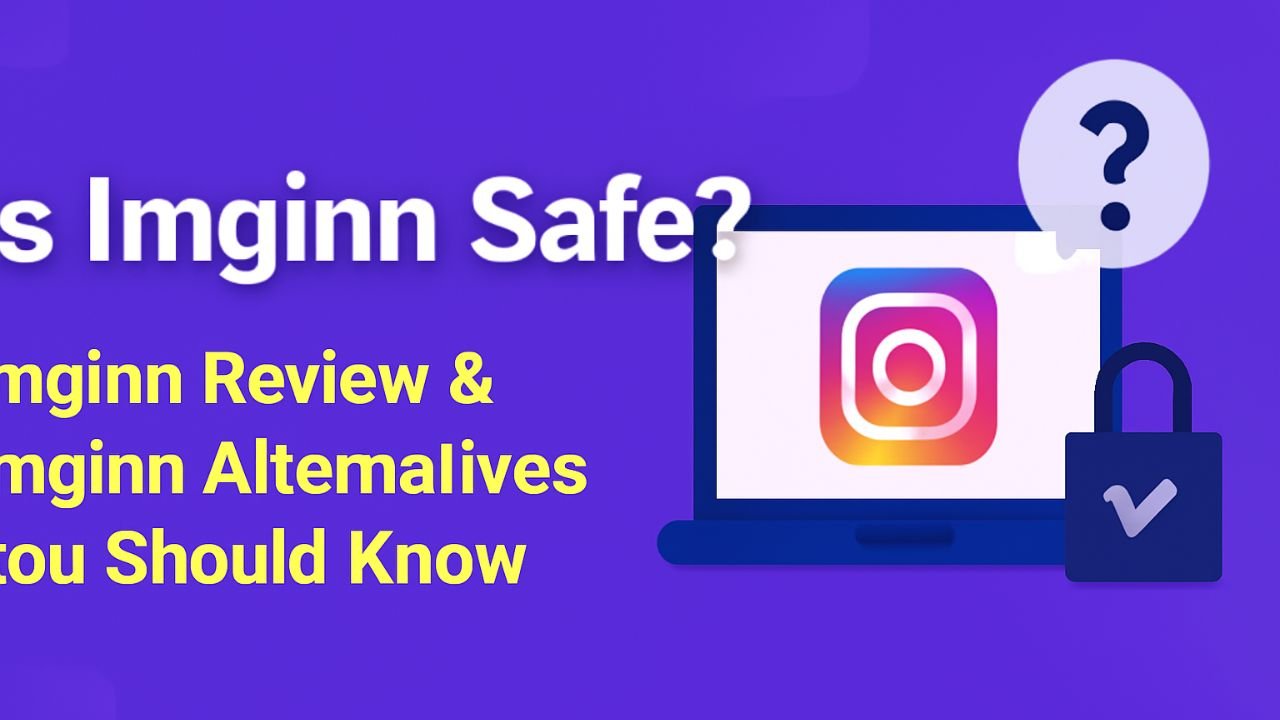In today’s digital era, the safety of personal information is more important than ever before. With the growing number of online platforms and digital services, individuals are becoming more susceptible to cyber threats, particularly data leaks and account takeovers. Data leaks, where sensitive information is exposed or stolen from online databases, and account takeovers, where attackers gain unauthorized access to an individual’s accounts, have emerged as significant threats to personal and financial security. In this article, we will delve into how data leaks and account takeovers occur, the risks they pose, and how individuals can secure their information effectively to prevent these types of breaches.
Understanding Data Leaks and Account Takeovers
What are Data Leaks?
Data leaks occur when sensitive information such as usernames, passwords, email addresses, credit card details, or social security numbers are exposed or made available to unauthorized individuals. This can happen due to a variety of reasons, such as hacking, negligent data handling, or vulnerabilities in software systems. Data leaks can lead to severe consequences for individuals, including identity theft, financial fraud, and a loss of personal privacy.
How Do Account Takeovers Work?
Account takeovers occur when a cybercriminal gains unauthorized access to a person’s online account, often through compromised login credentials. Once an attacker gains control over an account, they can misuse it for malicious purposes, such as transferring funds, making unauthorized purchases, or even stealing personal information. Account takeovers typically occur after a data leak, where attackers use stolen login information to access users’ accounts on various platforms.
The Link Between Data Leaks and Account Takeovers
Data leaks and account takeovers are closely linked. Once a hacker obtains personal or sensitive information through a data leak, they can easily attempt to take over an individual’s accounts. For instance, if login credentials are exposed in a data breach, attackers can use those credentials to access online banking, email accounts, or e-commerce websites. The chain of events can leave individuals vulnerable to a range of security risks.
The Risks of Data Leaks and Account Takeovers
Identity Theft
Both data leaks and account takeovers significantly increase the risk of identity theft. Attackers can use stolen personal information to open new accounts, make purchases in the victim’s name, or even apply for loans. This can cause long-lasting damage to an individual’s financial health and reputation.
Financial Fraud and Loss
One of the primary motivations behind account takeovers is financial gain. Cybercriminals often target bank accounts, e-commerce sites, or other financial services to steal money or purchase goods. A single data leak can give attackers access to sensitive financial information, such as credit card numbers or bank account details, paving the way for fraudulent activity.
Reputational Damage
If a social media account or professional platform is taken over, it can harm an individual’s reputation. Cybercriminals may post harmful or embarrassing content, tarnishing the victim’s personal or professional image. This can lead to significant emotional and psychological distress.
Loss of Privacy
Data leaks expose a wide range of personal information, including email addresses, home addresses, phone numbers, and even medical or financial records. The exposure of such sensitive information compromises an individual’s privacy and can lead to ongoing harassment or unwanted solicitations.
How to Prevent Data Leaks and Account Takeovers
Strengthen Your Passwords
The first and most effective line of defense against data leaks and account takeovers is to use strong, unique passwords for every online account. Avoid using easily guessable passwords, such as “123456” or “password.” Instead, create complex passwords that include a mix of uppercase and lowercase letters, numbers, and special characters. Additionally, using a password manager can help you keep track of your passwords securely.
Enable Two-Factor Authentication (2FA)
Two-factor authentication adds an extra layer of security to your accounts by requiring a second form of verification, such as a code sent to your mobile device or a fingerprint scan. Enabling 2FA on your accounts can significantly reduce the chances of unauthorized access, even if your login credentials are compromised in a data leak.
Regularly Monitor Your Accounts
Regularly reviewing your bank statements, credit card bills, and online account activity can help you quickly detect any unauthorized transactions or suspicious behavior. If you notice anything unusual, take immediate action to secure your account and report the issue to the relevant authorities.
Use Encryption and Secure Communication Channels
When transmitting sensitive information online, always ensure that the communication is encrypted. Websites with HTTPS encryption (indicated by a padlock symbol in the browser) offer a more secure environment for sharing personal data. Avoid using unsecured public Wi-Fi networks for banking or other financial transactions to reduce the risk of your information being intercepted.
Be Wary of Phishing Attacks
Phishing attacks are a common method cybercriminals use to steal sensitive information. These attacks often come in the form of fake emails, texts, or websites that look legitimate. Be cautious when clicking on links or downloading attachments, especially if the source is unfamiliar or the message seems suspicious. Always verify the authenticity of any communication before providing sensitive details.
Keep Your Software and Devices Updated to Prevent Data Leaks
Outdated software or devices with unpatched security vulnerabilities are prime targets for cybercriminals. Always keep your operating system, applications, and antivirus software up to date to protect yourself from emerging threats. Enable automatic updates whenever possible to ensure you are always protected against the latest security vulnerabilities.
Check for Data Leaks
There are several online tools available that can help you check if your information has been compromised in a data leak. Websites such as “Have I Been Pwned” allow users to search for their email addresses and see if they have been involved in any known data breaches. If your information is found, take immediate steps to change your passwords and monitor your accounts for any suspicious activity.
Use Stronger Security for Important Accounts
For high-risk accounts, such as online banking or email accounts, consider using additional layers of protection. Some services offer features like hardware tokens or biometric authentication to provide extra security. Enabling these options ensures that even if your password is leaked, attackers cannot access your accounts without the second layer of verification.
What to Do if You Fall Victim to a Data Leak or Account Takeover
Report the Breach Immediately
If you discover that your data has been exposed in a data leak or that your account has been taken over, the first step is to report the breach. Contact the service provider or financial institution where the breach occurred and notify them about the compromised information. They may be able to take immediate action to secure your account.
Change Your Passwords
After reporting the breach, change the passwords for all affected accounts and any other accounts that use the same credentials. Ensure that your new passwords are unique and follow the best practices outlined earlier.
Monitor Your Accounts for Suspicious Activity
Keep an eye on your financial and online accounts for any unauthorized transactions or activities. If you notice anything suspicious, report it immediately and consider freezing your credit to prevent new account openings in your name.
Consider Identity Theft Protection
In the event of a data leak or account takeover, you may want to invest in identity theft protection services. These services monitor your personal information and alert you to any unusual activity, helping to mitigate the damage caused by a breach.
Conclusion: Data Leaks and Account Takeovers
As cyber threats continue to evolve, the risk of data leaks and account takeovers is an ongoing concern for individuals and businesses alike. By understanding the nature of these threats and taking proactive measures such as using strong passwords, enabling two-factor authentication, and regularly monitoring your accounts, you can significantly reduce your risk of falling victim to these cybercrimes. Safeguarding your personal information is an essential step in today’s digital world, and by following these best practices, you can protect yourself from the growing threat of data leaks and account takeovers.
Frequently Asked Questions (FAQs)
What is a data leak?
- A data leak occurs when sensitive personal information is exposed or stolen, often through hacking or vulnerabilities in a system.
How do account takeovers happen?
- Account takeovers happen when a cybercriminal gains unauthorized access to an individual’s account, typically through compromised login credentials.
Can data leaks lead to identity theft?
- Yes, data leaks can expose sensitive personal information, which can be used by cybercriminals for identity theft.
What is the best way to secure my accounts?
- The best way to secure your accounts is by using strong passwords, enabling two-factor authentication, and monitoring your accounts for suspicious activity.
5. What should I do if my account is taken over?
- If your account is taken over, immediately report the incident, change your passwords, and monitor your accounts for any further suspicious activity.





